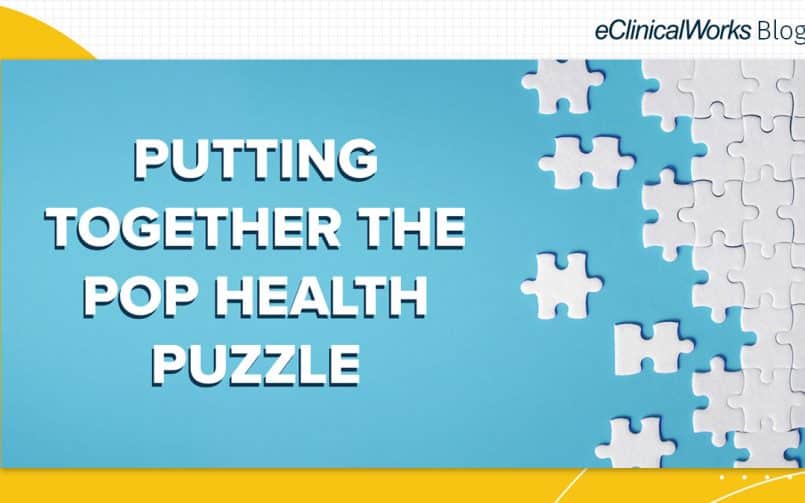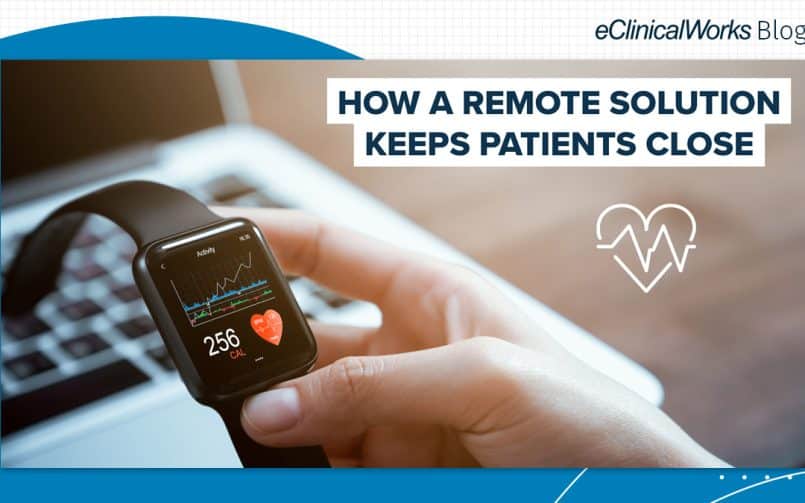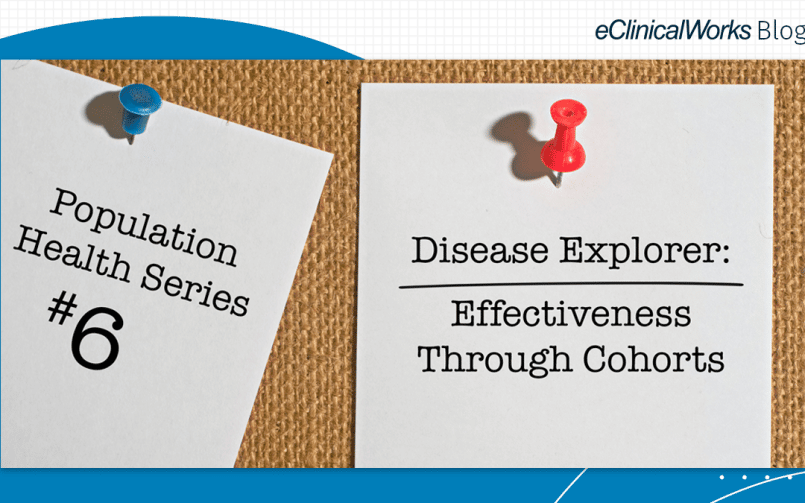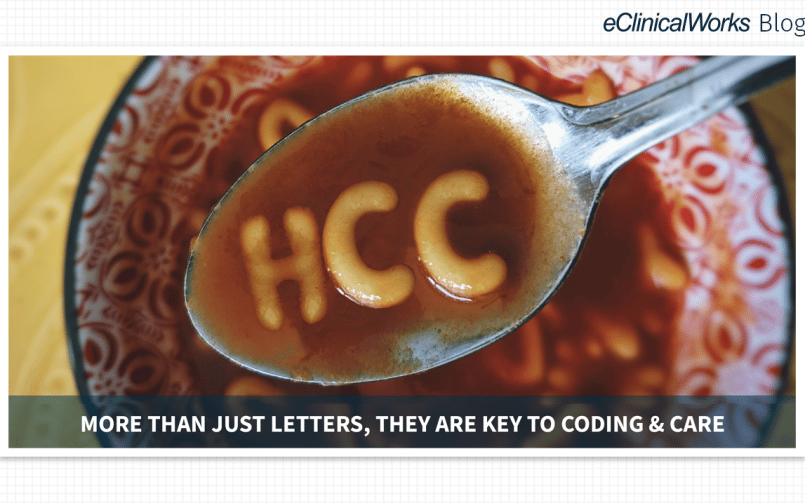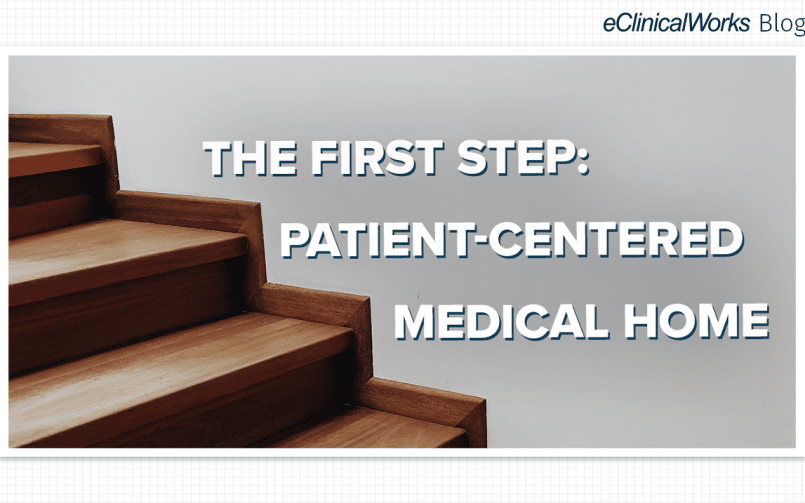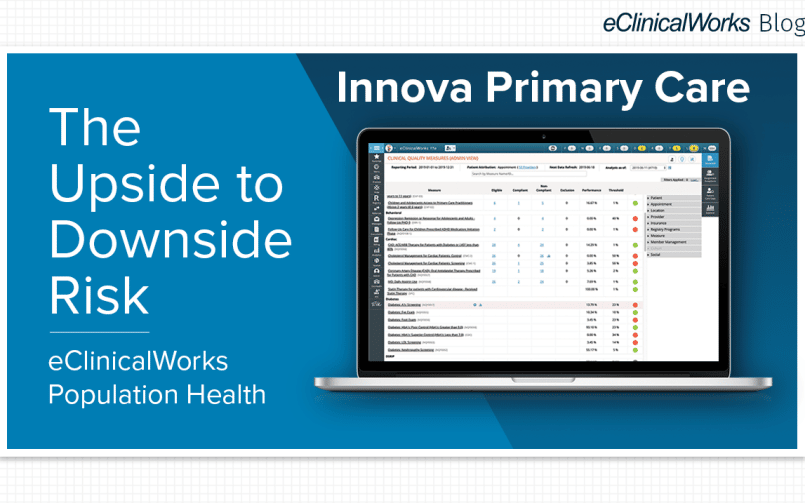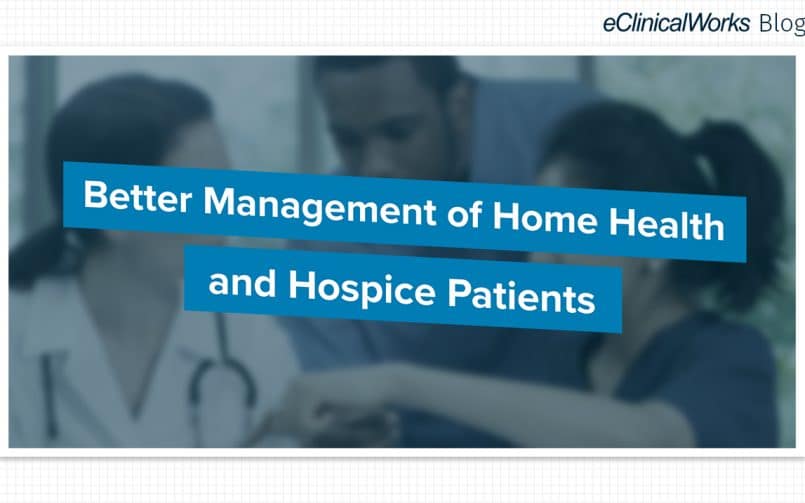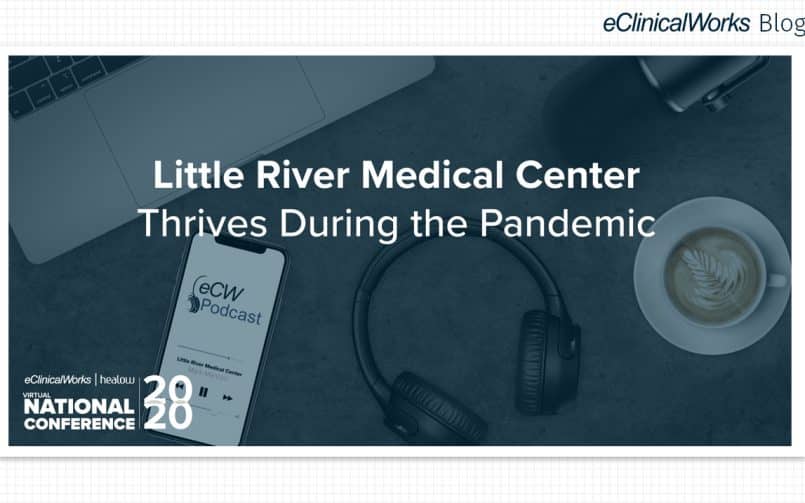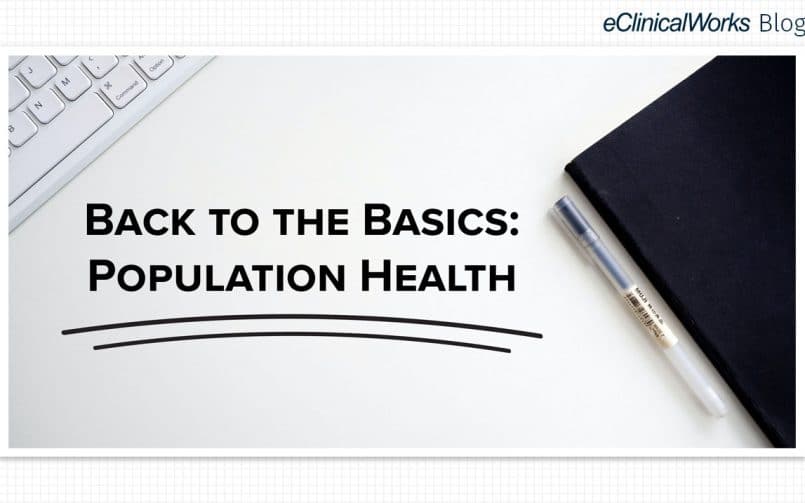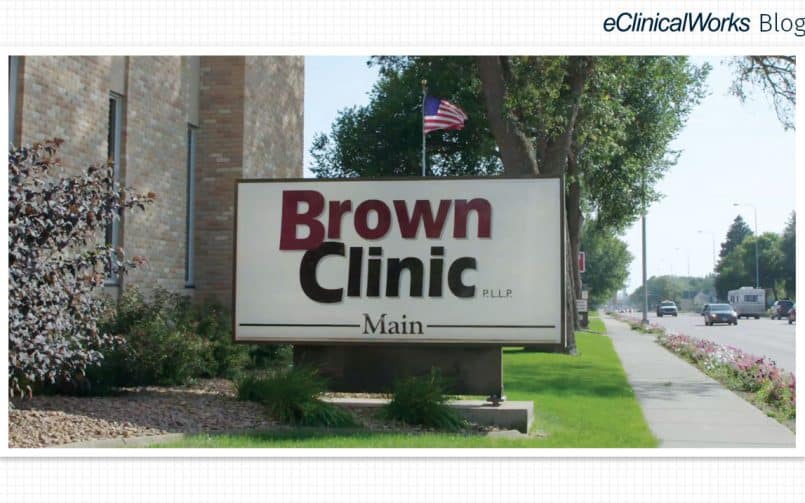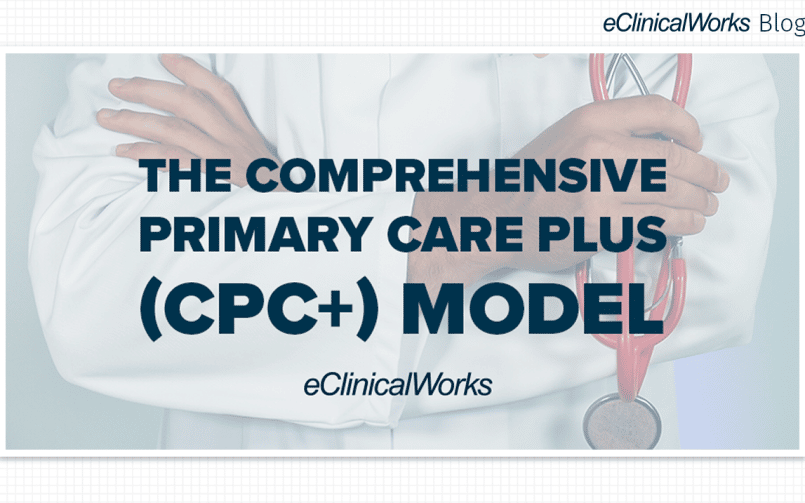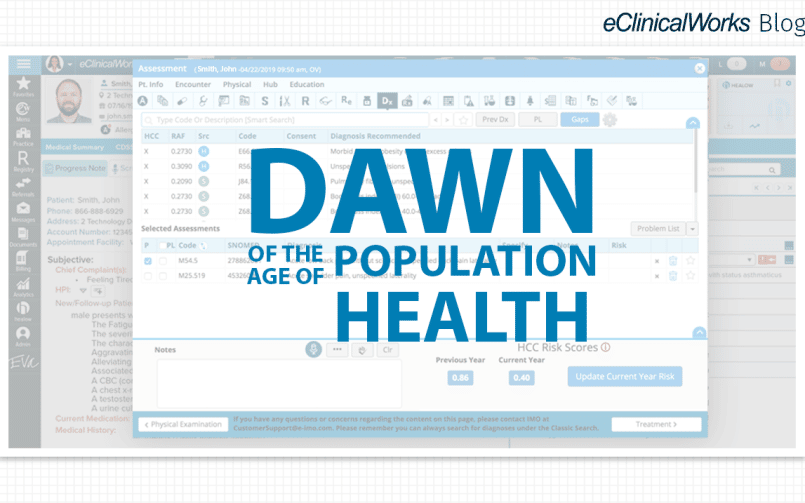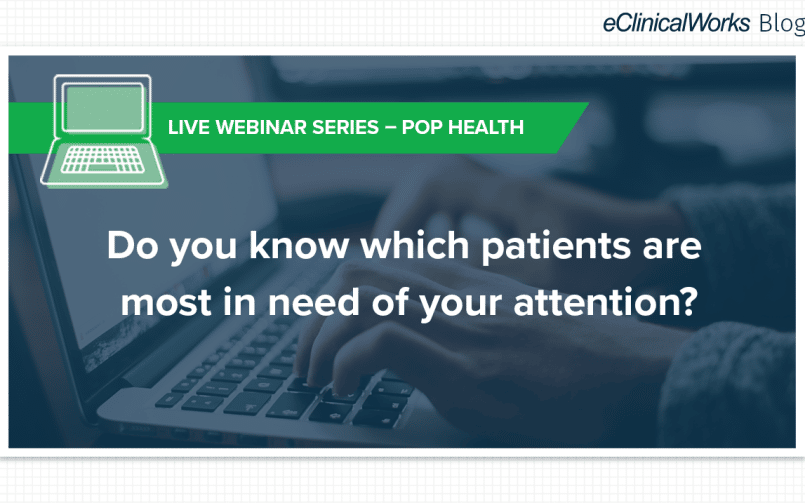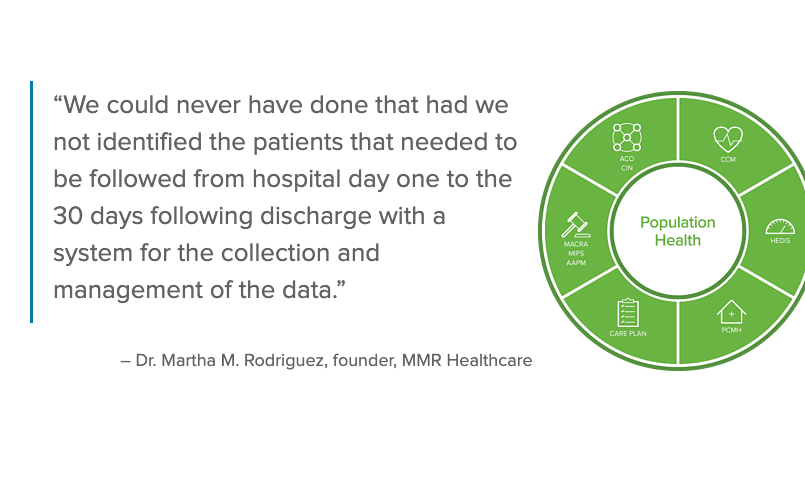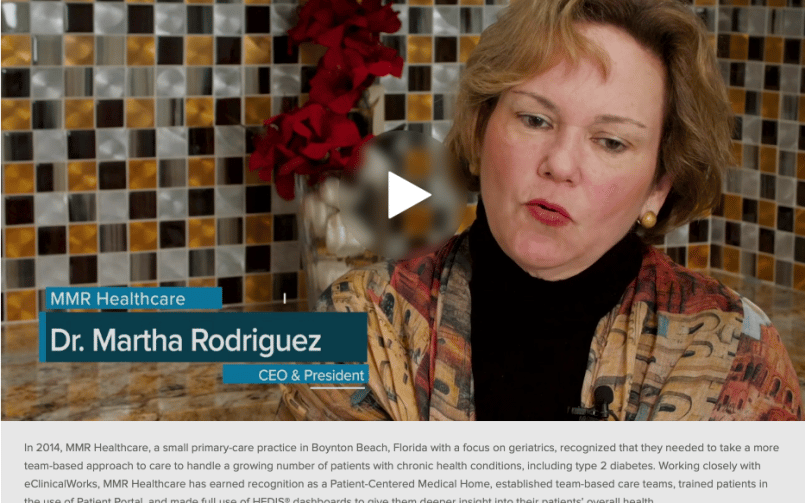What Population Health Is and Why It Matters
- 11 January 2022
- Blog
eClinicalWorks

Each month in 2022, this blog series will examine a different aspect of Population Health. We hope you enjoy this edition and check back in next month!
A definition emerges and sticks
In March 2003, an article in the American Journal of Public Health could declare that “Population health is a relatively new term that has not yet been precisely defined.”
Nearly 20 years later, Population Health may still lack a precise definition, but the concept is increasingly familiar to healthcare practitioners.
Even in 2003, article authors Dr. David Kindig and Greg Stoddart offered a definition that has stood up well over time:
“We propose that the definition be ‘the health outcomes of a group of individuals, including the distribution of such outcomes within the group,’” they wrote, “and we argue that the field of population health includes health outcomes, patterns of health determinants, and policies and interventions that link these two.”
The three-part challenge of Population Health
As Dr. Kindig and Stoddart suggested, Population Health features three stages.
First, providers need to understand patient outcomes and the distribution of those outcomes across their population.
Second and more importantly, they must be able to detect patterns in that data so they can answer fundamental questions, including: Which patients are falling ill and why? Which patients remain well year after year? Which patients somewhere in between are at risk for adverse health events, and how can such events be avoided?
Finally, Population Health understanding can help practices decide what interventions and policies make sense at the practice level as well as what role they may be able to play in influencing regional and even national policies that can promote health and longevity.

Why Population Health matters
Some providers remain unconvinced that Population Health matters all that much. Some may feel it’s just too complicated a topic to tackle. Some small practices might assume that since they already know their patients personally and well, Population Health is a luxury they need not afford.
However, the complexity of today’s healthcare — and the needs of a population that is increasingly mobile and transient — means that even the smallest practices often need help when it comes to tracking their patients’ health.
- Millions of Americans have two or more chronic health conditions; such patients usually have complex needs that must be closely tracked.
- Patients often receive care from sources other than their primary care physician, including hospitals, clinics, and specialists; their histories must be retrieved, organized, and studied.
- Changing and complex regulations mean practices need healthcare IT tools to help them meet reporting requirements, keep patients compliant with care, and earn the reimbursements they deserve for the services they provide.
All these factors — large numbers of patients with chronic conditions, the need for effective interoperability solutions, and a shifting regulatory landscape — are helping push practices to embrace Population Health.
Simply put, ad-hoc systems of tracking patients, sending reminders, and focusing on patients most in need are not able to keep up with the complex nature of modern healthcare.
Recent changes offer exciting opportunities
Fortunately, changes in U.S. healthcare during the nearly 20 years since Dr. Kindig and Stoddart’s article mean that while the Population Health challenge is steeper than ever, the tools available for achieving one’s goals make doing so more feasible than ever.
- The shift from fee-for-service to value-based reimbursements has helped practices think more creatively about how to meet patients’ needs with the always limited resources available to them.
- Healthcare IT tools have leveraged artificial intelligence and Robotic Process Automation to analyze patient data, helping yield deeper insights into patient populations, establish patterns, and guide medical decision making.
- Recognition of the importance of Social Determinants of Health has spurred the development of innovative tools to better assess patients and their needs, even as it has made medicine still more challenging for practitioners.
Once they learn about the key role that Population Health plays in providing optimal healthcare services to today’s patients, most practices are willing to take on the challenges and reap the rewards.
Next month, our Population Health blog series continues with an overview of the many Population Health products eClinicalWorks and healow offer to help our client practices succeed.




